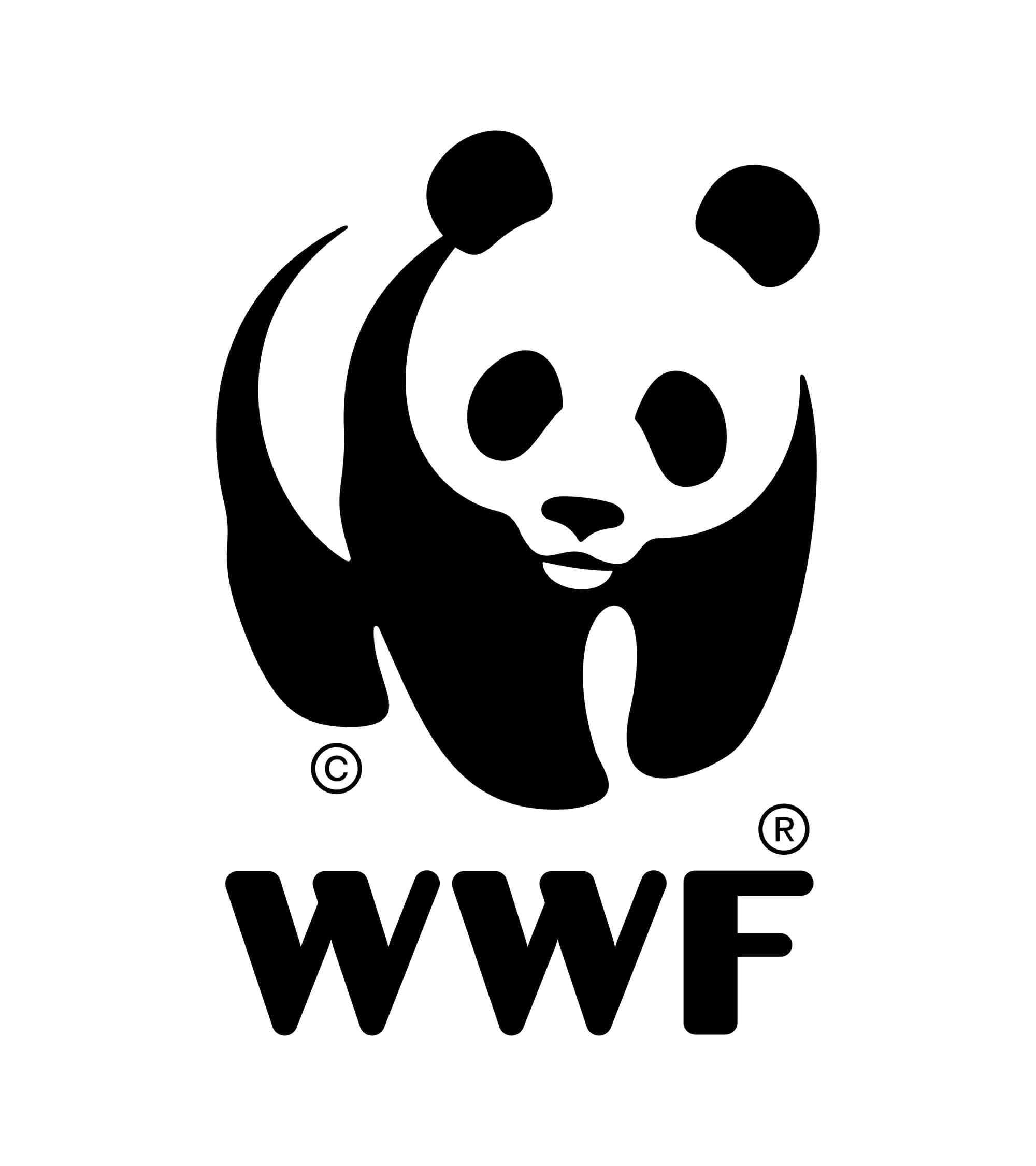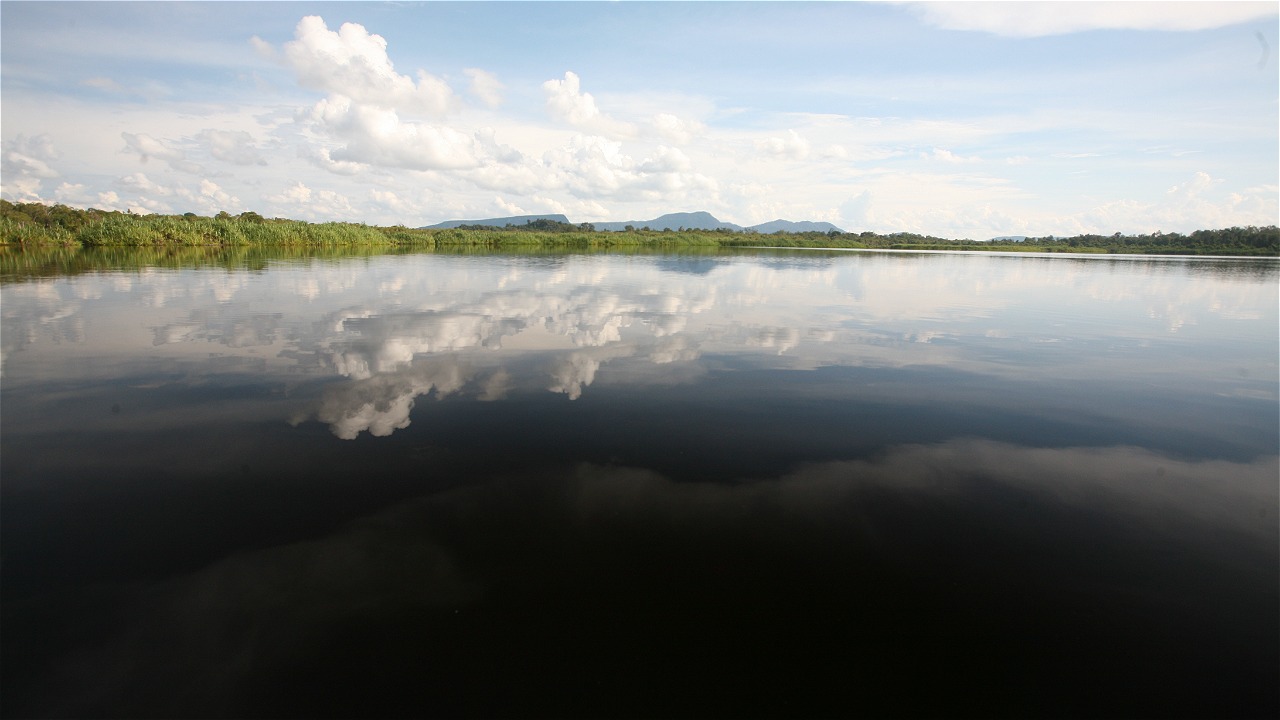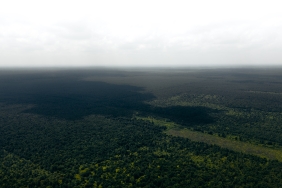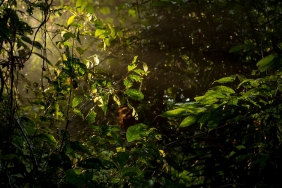NATURAL CAPITAL MEETS SOCIAL CAPITAL FOR MORE SUSTAINABLE LIVELIHOODS IN THE HOB
Oleh Cristina Eghenter
It may not be obvious that charcoal or any other kind of 'black' product can lead to a greener rural economic path. However, the experience of NGO Dian Tama and communities in West Kalimantan presents a different story, where green vegetation can be black for a greener outcome!
For many years local practitioners and farmers worked with Japanese experts on how to produce quality charcoal from burning locally grown wood and enrichment plots, and sell it to the market as briquettes for use in energy-efficient cooking stoves, organic farming, and sustainable animal husbandry.
'Low carbon capture and storage' is a simple, efficient and environmentally friendly agricultural technology. It is low cost and can be easily applied in developing country contexts. It takes advantage of the natural circulation of carbon in the earth and the production of non-organic carbon through biomass carbonization that does not increase CO2 levels.
This decade-old collaboration and technology transfer from Japanese experts to local practitioners has laid the foundation for more sustainable agriculture (including rice and vegetables). Charcoal compost is produced and spread on fields and plots to improve soil productivity, mixed into animal feed to increase disease resistance and also becomes a coating on animal pens so as to reduce odors and contribute to a clean environment.
This is just one example of an appropriate environmental technology with considerable applied potential in rural areas and communities in the Heart of Borneo region. In addition, similar experiences on how to develop sustainability and and utilize the rich natural resources in the Heart of Borneo region to improve local livelihoods were shared and discussed at a meeting in Pontianak (West Kalimantan) in December 2012. This event was part of a series of public debates that have been taking place since 2010 and seminars on Green Economy and Sustainability in the HoB.
More than 60 participants representing communities from the Heart of Borneo region, a number of participants from the Krayan Plateau in East Kalimantan which is the border between Malaysia and Indonesia, as well as local NGOs and WWF, experts, and academics from Tanjung Pura University Pontianak, joined the three-day discussion on Green Economy, rural livelihoods, and community development needs in the Heart of Borneo region with a focus on the border region as a dynamic and emerging frontier for sustainable development in the Heart of Borneo region.
Ongoing discussions showed how important it is to ground the Green Economy concept in local realities, traditional practices, and appropriate technologies. Discussion participants were quite critical of difficult and theoretical concepts such as Green Economy, but they enthusiastically contributed and shared their interpretations and explorations of Green Economy that can truly improve sustainability and transform their livelihoods. Community-based ecotourism businesses, organic rice farming, forest honey production, handicraft making, are all community businesses, community economies built on two key elements: respect for local culture and social values, and limits to the sustainable use of natural resources. Green Economy and local livelihoods are increasingly intertwined in the context of sustainable development in the Heart of Borneo region.





